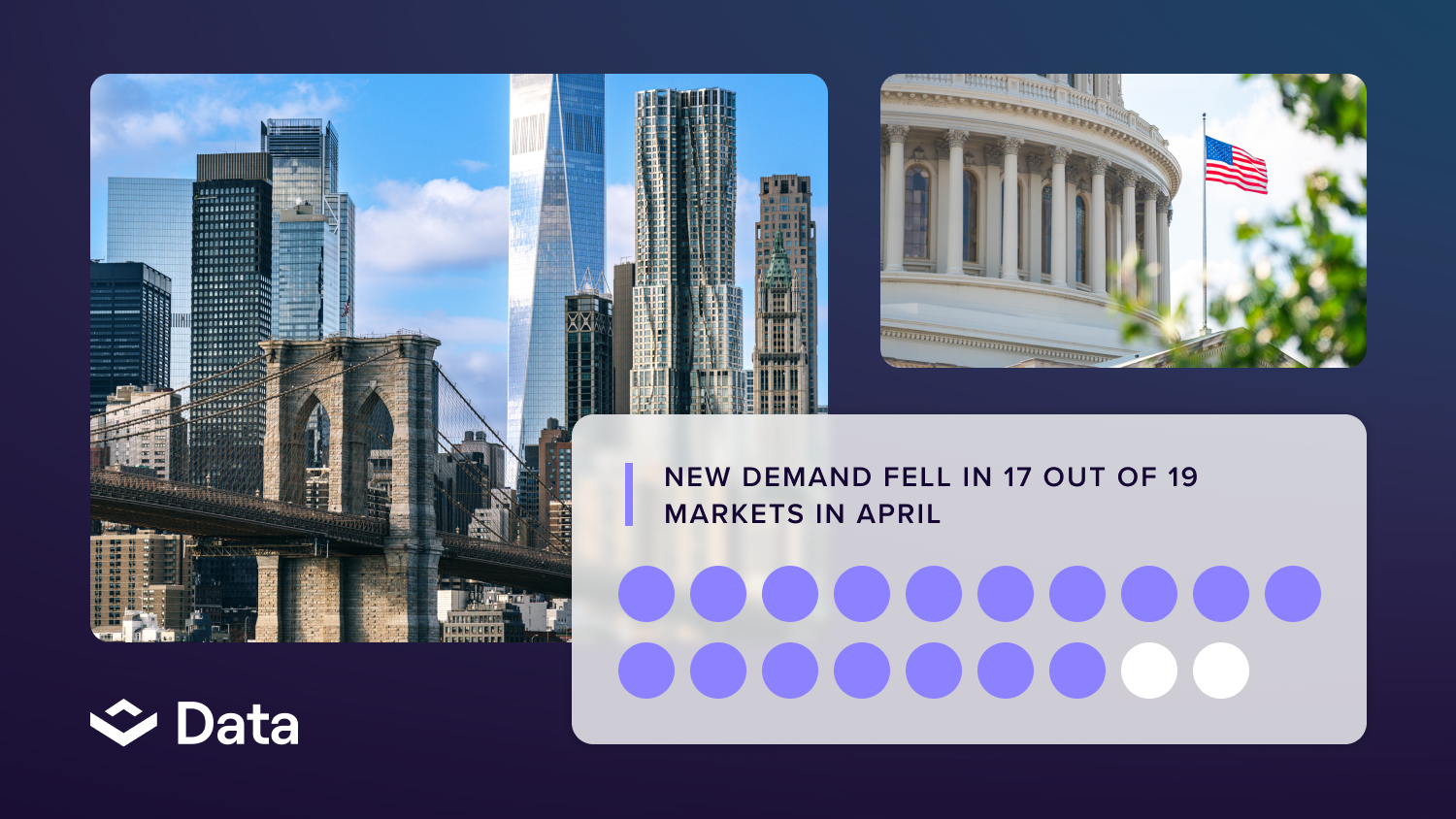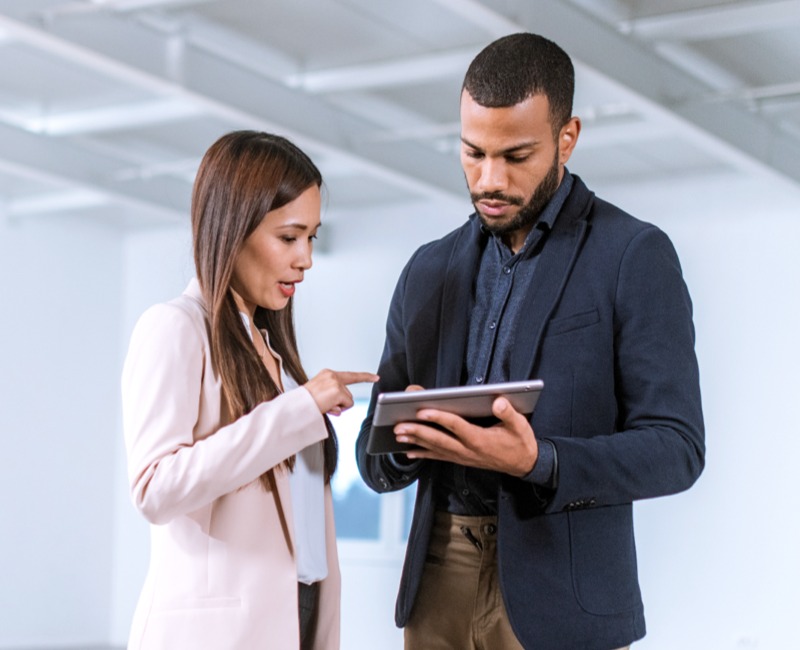From the automatic doors at the grocery store to your Amazon Alexa at home, touchless technology is all around us. But with health and safety becoming a top priority in recent years, the capabilities of touchless technology are expanding at lightning speed, and it’s important for commercial real estate properties to keep up with modern tenant expectations.
What is touchless technology?
A device is considered to have touchless technology when it can respond to human input and fulfill a user’s commands without physical contact from a human being. Often, this process involves sensors that detect audio or visual input, but it can also include devices that use Bluetooth or other wireless technology to receive input from a personal (non-touchless) smart device, like a phone or tablet.
Why is touchless technology important?
Health and safety concerns have caused employees to migrate away from the office to remote work. To be competitive in today’s virtual environment, a commercial property must prioritize tenants’ health, comfort, and productivity. Touchless technology can be a powerful tool in creating a workplace environment that enhances all three. Touch free tech is also an invaluable data collection tool that leads to smarter property management for greater ROI.
Health benefits
Contactless technology eliminates germ hot spots like communal keypads, door handles, and touchscreens. This in turn eliminates the need for frequent cleaning of these devices, saving time, money, and logistical stress. A more hygienic work environment can also lead to fewer employee absences and lower health-related costs for employers.
Streamlined processes
Touchless interactions can streamline everyday tasks, leading to greater worker productivity. Rather than trying to contact someone to schedule a conference room, for example, an employee can simply ask a virtual assistant, “Is Conference Room B available at four o’clock today?” It responds, “Yes. Would you like to reserve it?” The worker can then easily book a room without having to make a phone call or send an email and wait for a response.
Data collection
On the property management side, touchless interactions can collect data in new ways, leading to better resource management and more efficient use of space. For example, occupancy sensors can track how often and at what times of day a common area is most frequently used. If the data indicates that the space is rarely occupied, it might be redesigned or repurposed into a new amenity that adds greater value to the tenant experience.
Energy savings
Touchless technology can reduce energy and supply costs by adjusting lighting and temperature settings in rooms based on occupancy, shutting off water faucets and hand dryers when a user is finished with them, and dispensing appropriate amounts of soap, hand sanitizer, and paper towels.
Tenant satisfaction
When a tenant feels that their workplace utilizes the most cutting-edge technology, they’re more likely to want to stay put. Providing convenient, streamlined, touchless experiences leads to greater tenant satisfaction, which then leads to increased tenant retention and a reputation for quality that draws new tenants to the space.
Types of touchless technology
Touchless devices utilize several different types of technology to collect the input data needed to produce the user’s desired response. Here are the most common:
- Motion/proximity sensors: Some of the most common uses of motion sensing technology in the workplace include alarm systems, automatic entry doors, faucets, soap dispensers, and paper towel dispensers. Occupancy sensors can also automatically turn on and off lights in a room and adjust the thermostat.
- QR codes or barcodes: Many office buildings issue unique access QR codes to employees and visitors so that they can scan their phone to gain entry. Onsite signs with scannable QR codes can replace printed informational brochures, pamphlets, and maps.
- Voice activation: Virtual assistants like Google Assistant can “hear” your commands and add items to your to-do list, schedule meetings, send messages, adjust lighting, and more.
- Biometric sensors: Once the stuff of futuristic science fiction, facial recognition, voice recognition, and retina scanners are becoming more common in access control technology, especially for restricted areas. They can also be used to adjust a room’s settings when you enter, based on your preferences for things like temperature and lighting.
- RFID chips: Radio frequency identification (RFID) allows two different devices to communicate using radio frequencies. RFID chips are good for location tracking and are frequently used for inventory control.
- Gesture recognition: A contactless alternative for shared screens, gesture recognition allows you to “click” and scroll on a screen without physical touch. The screen senses your hand and interprets your hand gestures much like input from a mouse or track pad.
- Bluetooth: Bluetooth-enabled audio-visual equipment lets employees easily share presentations, photos, and documents from their own devices, eliminating the handling of hardwired connections or shared devices.
Building apps: A mobile app like VTS Activate can allow users to admit visitors, reserve amenities, submit maintenance requests, and more using only their personal device. It also allows landlords and building management to track occupancy trends, conduct surveys, and deliver exclusive tenant perks right through the app.
Touchless technology is a key component to enabling a modern tenant experience. Without considering which of these touchless solutions could support your TenEx efforts, you're likely not optimizing your in-office experience. Beyond that, touchless technologies support tenant experience beyond the confines of the office. Learn more about how VTS Activate supports a tenants from move-in to move-out, with advanced technology that streamlines existing systems on the backend to provide a seamless front-end, user experience.





